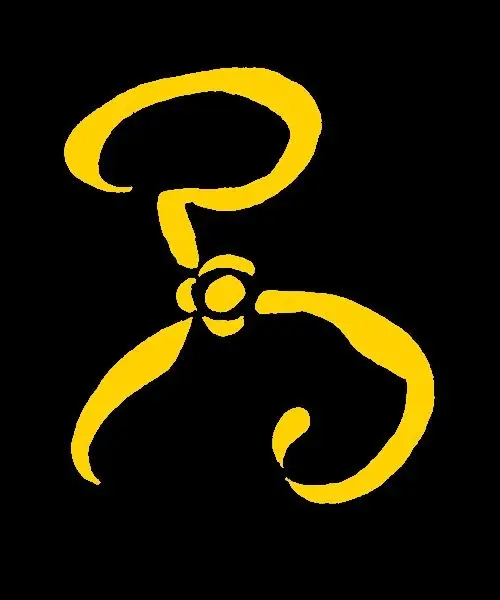

The is me with my PhD thesis. I wrote it, submitted it, planned for an absolute grilling in the Viva, got waved through the Viva with just minor corrections for grammar, went overzealous with corrections, submitted for review, got accepted, finally graduated.
It still makes me sick to look at it on my bookshelf.





They’re the same picture.